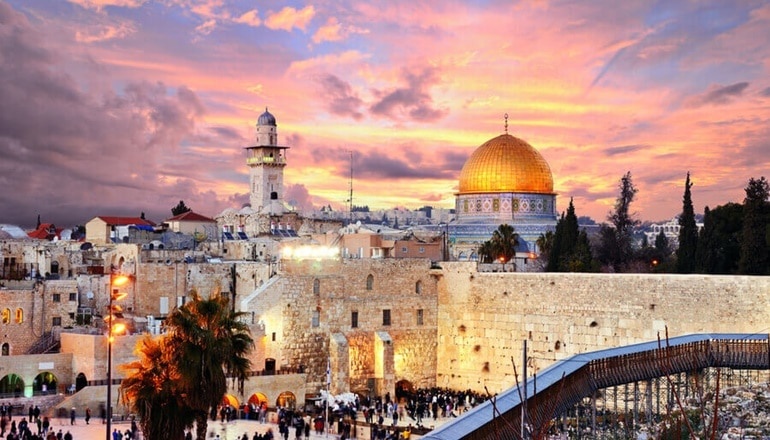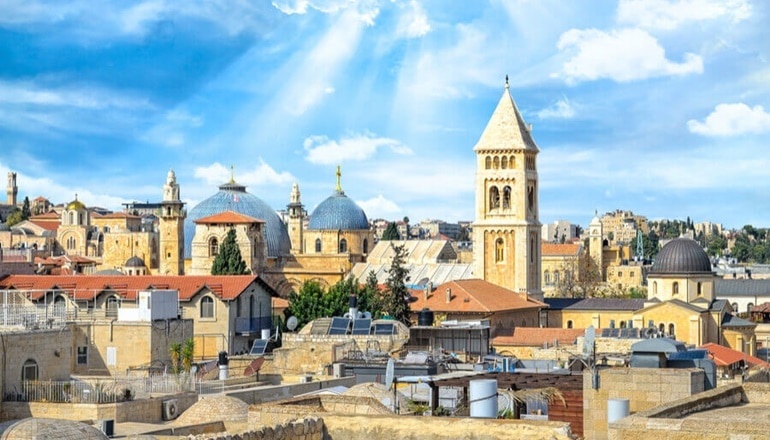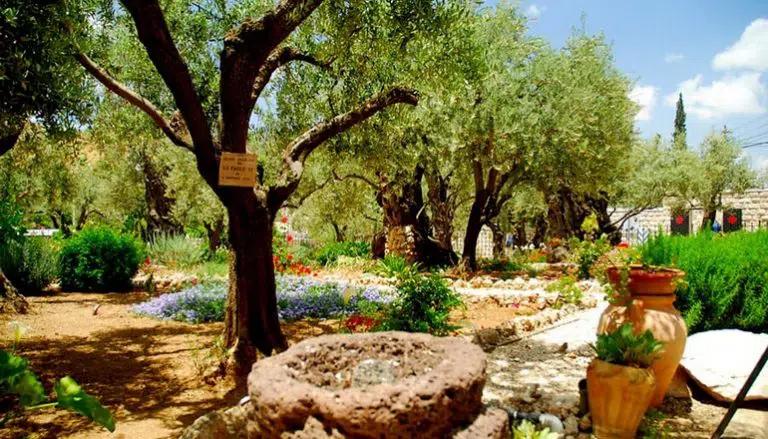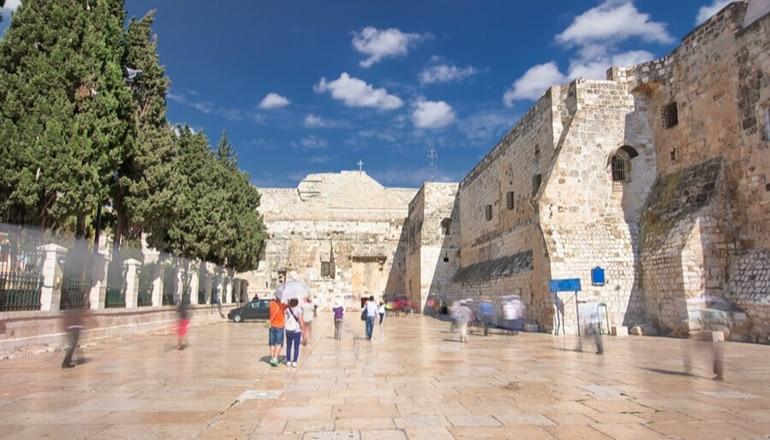Discover Sacred Jerusalem: A Journey Through Christianity's Holiest Sites
Embark on unforgettable Jerusalem trips that showcase the most significant Christian landmarks in the Holy Land. This deeply personal tour guides you through Jerusalem's ancient Old City, where golden limestone walls whisper centuries-old stories and narrow cobblestone pathways lead you directly into the footsteps of Jesus Christ. Experience the birthplace of Christianity through an intimate exploration that connects your heart to sacred history.
Experience Jerusalem's Most Sacred Christian Sites
Your spiritual journey begins with breathtaking panoramic views over Jerusalem's iconic skyline, where ancient domes and modern spires create a mesmerizing tapestry against the Judean hills. This immersive exploration of Jerusalem tourist attractions has drawn pilgrims for centuries, and now you'll discover why these sacred stones continue to move souls. Feel the reverent atmosphere as you gain privileged access to Christianity's most treasured sites, creating memories that will forever transform your understanding of faith.
Church of the Holy Sepulchre and Via Dolorosa
The centerpiece of these exceptional Jerusalem trips includes your deeply moving visit to the Jerusalem Church of the Holy Sepulchre. In Jerusalem Church of the Holy Sepulchre, flickering candlelight illuminates the very place tradition holds Jesus was crucified, buried, and resurrected. Walk the sacred Via Dolorosa – the Way of Sorrows – as you personally retrace Jesus's final steps through narrow stone corridors that echo with two millennia of prayers and pilgrimage.
Explore Ancient Jerusalem's Rich Heritage
Wander through the remarkable Byzantine Cardo, where ancient Roman columns frame your path through the Jewish Quarter's archaeological wonders. Touch the smooth stones of the Western Wall, feeling the prayers of countless generations, before immersing yourself in the vibrant sensory experience of the Christian Quarter's aromatic spice bazaars and the Muslim Quarter's captivating atmosphere.
Beyond Jerusalem: Bethlehem's Sacred Churches
Your pilgrimage extends to enchanting Bethlehem, where you'll stand beneath the star marking Jesus's birthplace in the Church of the Nativity and explore the peaceful Saint Catherine Church. This comprehensive exploration of Jerusalem tourist attractions creates an unforgettable tapestry of sacred experiences, perfect for pilgrims, history enthusiasts, and curious travelers seeking personal connection to Christianity's most profound locations in the remarkable Holy Land.

























